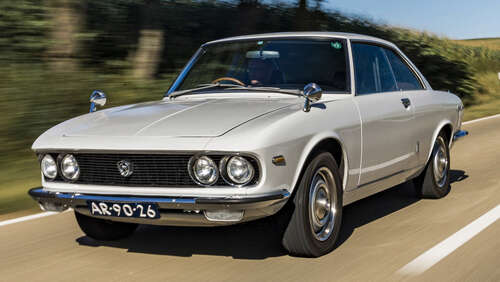
The first production car to feature a rotary engine was the NSU Spider, which debuted in 1963 in Europe and the following year in North America. It was this initial sporty offering that enticed so many other manufacturers to sign rotary licensing deals with NSU: The car was smooth, quiet, and refined, and garnered positive reviews from the motoring press. It was billed by both journalists and NSU as the “car of the future,” with a revolutionary engine that would soon be everywhere.
However, much like the Ro80 that followed it, the Spider was plagued with reliability issues for its entire production span. Its initial billing as a radically innovative car drew buyer interest, but that interest quickly faded when numerous reports surfaced of engines failing after just a few thousand miles of driving. The car was also comparatively expensive, and by the time it was axed to make way for the Ro80, just 2,375 examples had been sold.
The production Spider, with its single-rotor engine, also wasn’t quite as fast as some initial reports had made it seem. It was more potent at high revs, but its low-end torque was severely lacking, and so required drivers to alter their driving style to keep pace on the road. A competition-spec Spider with a more powerful engine racked up national hillclimb and rally championships at home in Germany, but the added power still didn’t solve the engine’s biggest flaw — its unreliability.

